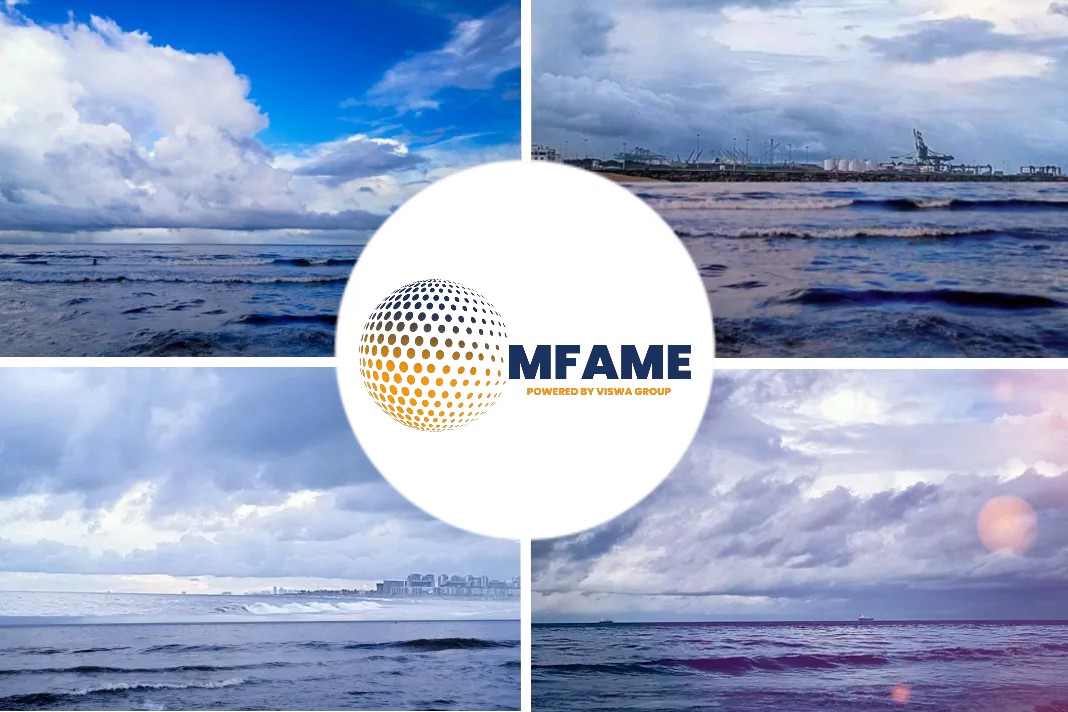In one of the largest geographic surveys of ballast and harbor water to date, Claudia Gunsch and William Gerhard, scientists at Duke University in North Carolina, showed that they can identify the source of ballast water based solely on the community of microbes in the tanks, writes Bradley van Paridon in an article published in Hakai Magazine.
About The Research
Advances in DNA sequencing technology mean that now, rather than simply examining a specific sample of genetic material, like a piece of hair or flesh, scientists can rapidly sequence all of the bits of DNA in an environment by examining a small sample, such as of water or soil. This environmental DNA provides a snapshot of the entire community of organisms both big and small.
How was it done?
Gunsch and Gerhard used these methods to take snapshots of the microbial residents in the ballast tanks from 41 ships, plus open ocean samples and water from four of the world’s busiest harbors. Comparing the microbial compositions against each other, they showed that they can accurately identify the source of the sample, giving regulators one more tool for ensuring ballast water rules are being followed and harmful species are identified. Unfortunately, they also found that the ballast water from five of the 41 ships tested did not comply with the International Maritime Organization standards for indicator organisms like E. coli and Enterococcus.
Cathryn Abbott, a geneticist with Fisheries and Oceans Canada, says that scientists have “never before had this kind of chance to survey across all of the blocks of life using a single method.” Abbott says snapshots like the ones produced by Gerhard and Gunsch can provide early warnings of the presence of threatening species, but that “there are still important caveats to consider.”
First, DNA sequencing can’t tell if the organisms detected are still present and alive, or if the technology is only picking up the genetic residues of organisms that were once in the ballast tank but have since been dumped.
Second, the genetic analyses produce so much information that researchers get swamped. “We have volumes of data,” says Abbott. “It’s still a big challenge to turn that data into coherent narratives, or actions to take.”
How can this help?
They say their new research lays the groundwork for quickly identifying the source of ballast water; an important regulatory check used to prevent the transport of unwanted species.
What should shipowners do?
One narrative that is becoming clear is that all of the community members in an ecosystem are important.
In the case of ballast tanks, for example, one plausible solution is to simply disinfect the tanks and kill unwanted microbes. However, as Olav Vadstein, a microbial ecologist at the Norwegian University of Science and Technology, explains, disinfection disrupts the balance of the ballast water ecosystem, and can actually encourage growth of opportunistic species. “This can potentially promote the growth of microbes that cause problems for wild and domestic aquatic life,” says Vadstein.
For Gunsch, the exciting aspect of the new sequencing technology is the ability to not only see the microbes that are present, but how they interact.
Why is this important?
Ballast water is added to a ship to improve its stability and balance.
Current regulations require that ships exchange ballast in the open ocean prior to arriving at a new destination. This prevents hitchhikers from one harbor being set loose on another.
- History has plenty of examples of invasive species and outbreak-causing pathogens, such as cholera, hitching a ride in ballast water.
- There is also increasing evidence that genes for antimicrobial resistance are spreading among microbes in ballast water.
- With the majority of global trade occurring via ocean-going ships, and with new shipping routes opening in the Arctic as sea ice melts, the numbers of microbes—including bacteria, viruses, and fungi—being transported around the planet is expected to increase.
“We’re just trying to understand what’s happening when this water is transferred transcontinentally, and now we actually have tools to be able to answer that question,” Gunsch says.
Did you subscribe to our daily newsletter?
It’s Free! Click here to Subscribe!
Source: Hakai Magazine























